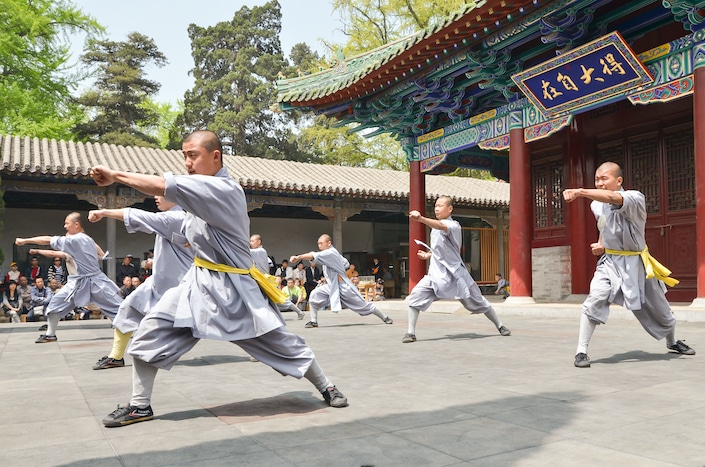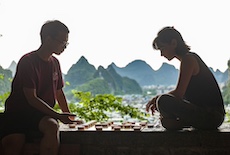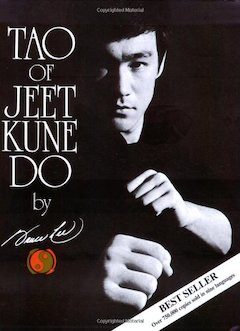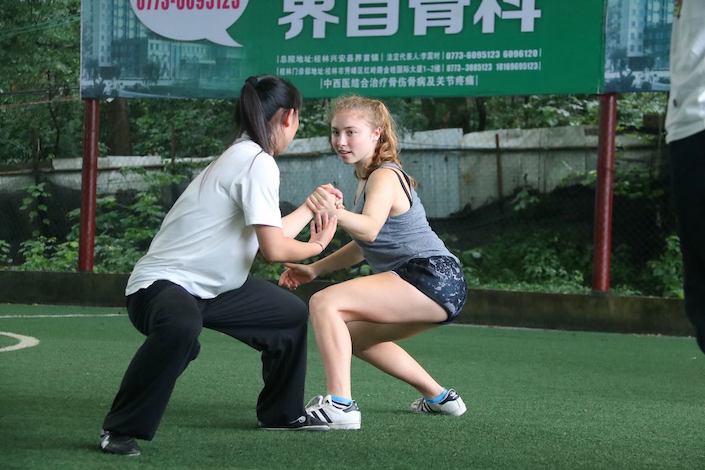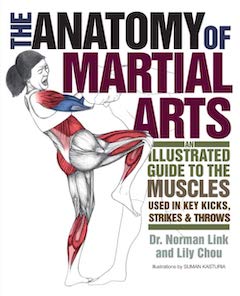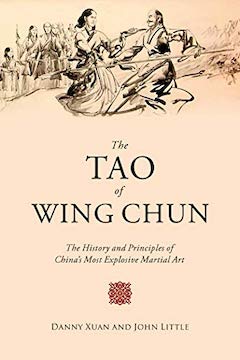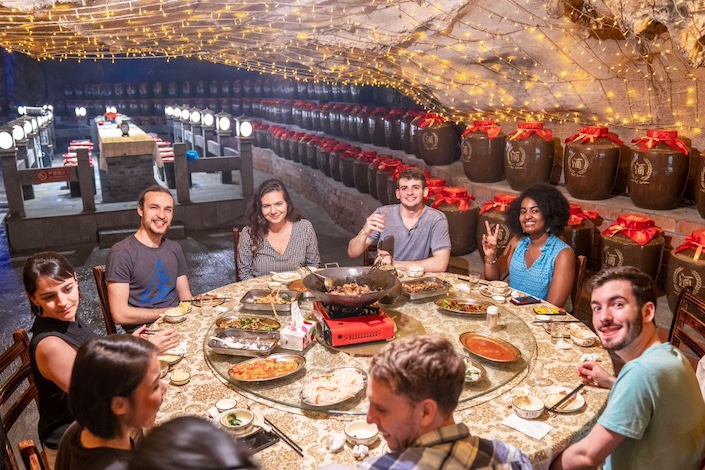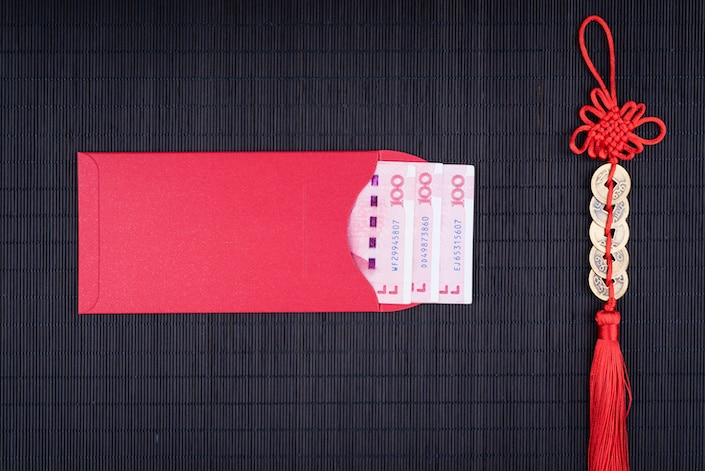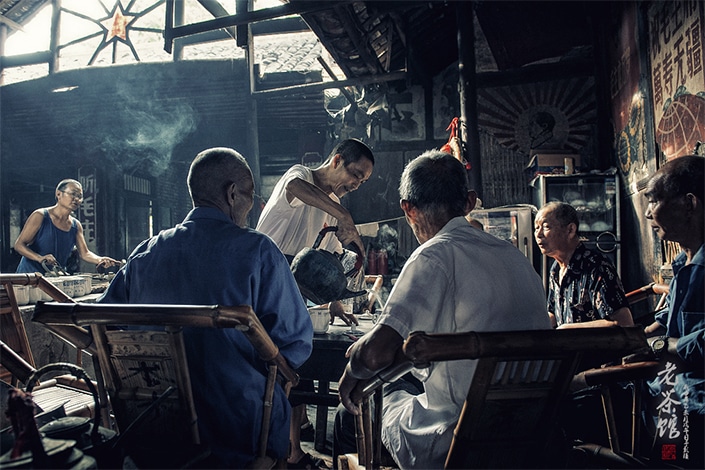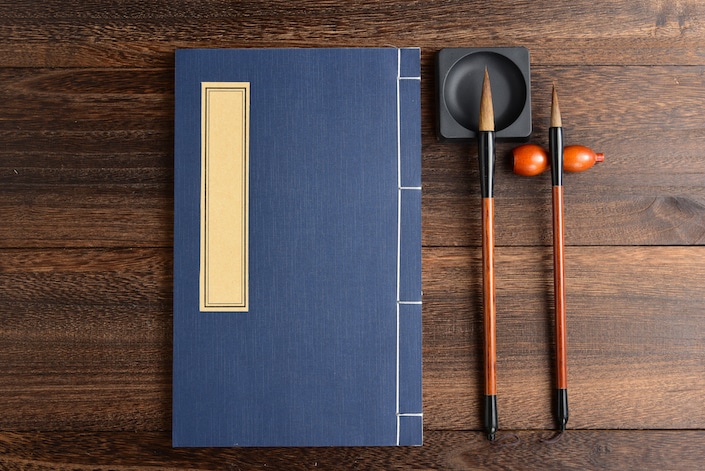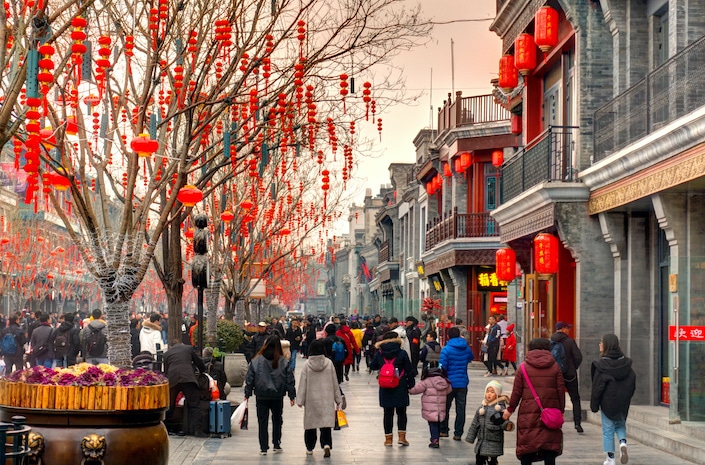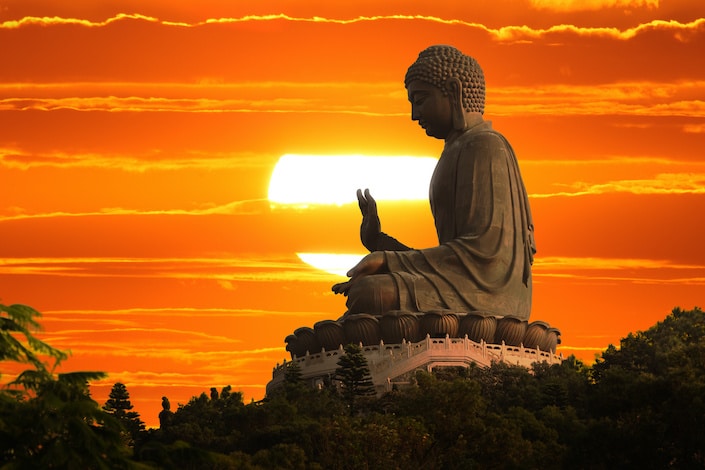The Who, What and Why of Chinese Martial Arts
Learn Chinese in China or on Zoom and gain fluency in Chinese!
Join CLI and learn Chinese with your personal team of Mandarin teachers online or in person at the CLI Center in Guilin, China.
Chinese martial arts are arguably some of China’s most popular and successful cultural exports. Despite their widespread and enduring popularity, most people’s understanding of the Chinese martial arts is limited. Join us as we explore the history and culture behind these ancient forms of self-defense.
What are the Chinese martial arts?
The Chinese martial arts are a collection of hundreds of different fighting styles that developed over centuries of Chinese history. Many of the Chinese martial arts incorporate philosophical concepts that are intimately connected with Chinese religion and philosophy, especially Taoism.
In Chinese, the terms 功夫 (gōngfū) and 武术 (wǔshù) are used to refer to the martial arts. The word 功夫 (gōngfū) is a general term that can be used to refer to any type of skill. It is the source of the English term “kung fu.”
武术 (wǔshù), rendered in English as wushu, is a more descriptive term that can literally be translated as “military arts” or “martial arts.”
Origins and history
The martial arts have a long history in China. As the name wushu suggests, the martial arts are thought to have developed as methods for hand-to-hand combat used by ancient Chinese soldiers.
According to legend, the martial arts were introduced in China by the Yellow Emperor during the Xia dynasty (2070 - 1600 BCE). The very first mention of Chinese martial arts occurs in the Spring and Autumn Annals, a court chronicle that dates all the way back to the 5th century BCE.
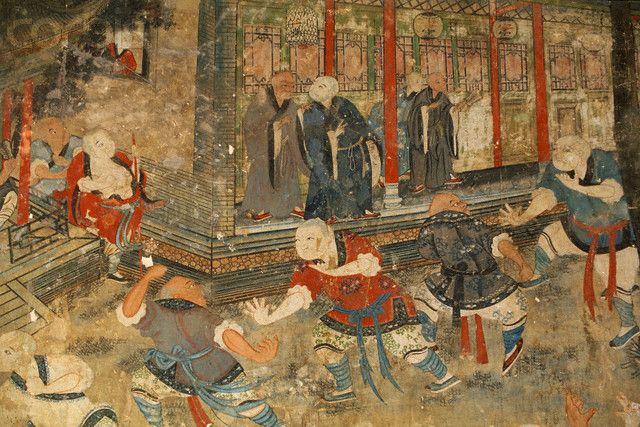
The first mention of Chinese martial arts can be found in a chronicle from the 5th century BCE.
Classifying Chinese martial arts styles
Today, there are hundreds of different styles of Chinese martial arts. Various classification schemes have been proposed to help categorize them.
Internal versus external
One common way of classifying Chinese martial arts is by separating them into external styles (外家拳 wàijiāquán) and internal styles (内家拳 nèijiāquán).
External styles focus on developing agility and physical strength, while internal styles focus on manipulating qi (气 qì) and cultivating the mind and spirit. Many of the philosophical ideas espoused by Taoism are applied by practitioners of internal martial arts styles.
The most popular internal style of Chinese martial art is Tai Chi, also called Taiji (太极拳 Tàijíquán) while the most famous style associated with the external style is Shaolin Kung Fu (少林功夫 Shàolín Gōngfū).
The internal versus external classification is a popular one that has been used since 1669 CE. It remains somewhat controversial, however, with some experts arguing that there is actually no difference between the two due to the fact that every style includes some mix of “internal” and “external” elements.
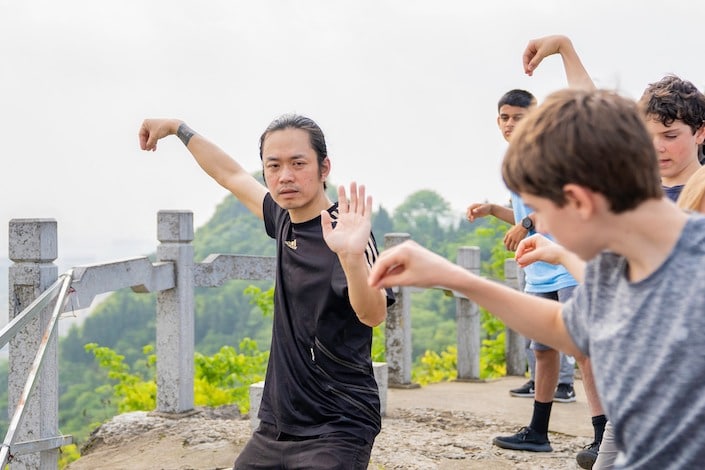
The many different types of Chinese martial arts can be categorized into internal and external styles.
Northern versus Southern
Another common way to classify Chinese martial arts styles is by geographical region. There are many notable differences between northern and southern China. Not only is this true when it comes to food, the arts, architecture, and language, but it is also true of martial arts.
Martial arts from northern China are referred to as 北派 (běipài) and include well-known schools such as Baguazhang and Bajiquan. Northern styles are known for incorporating high kicks and acrobatic elements. Southern martial arts styles are called 南派 (nánpài) and place more emphasis on arm and full-body movements.
Other classification schemes
There are several other ways to classify the Chinese martial arts. Some of these classification categories overlap, so that a single style may belong to more than one category. Other popular classification styles that are sometimes used are based on religion, history and family.
Not to be confused with Japanese martial arts
To an untrained eye, all martial arts may look the same, regardless of country of origin. In reality, countless differences—big and small—exist.
Jiu-jitsu, one of Japan’s most well known martial art, originated on the battlefields during the Nara period (c. 710–794) and utilized skills and tactics from a variety of other Japanese disciplines.
Its applications were designed around close combat fighting and emphasized parrying and counterattacking long weapons like swords or spears using a dagger or other small weapons.
Unlike Chinese kung fu, which emphasized strikes and kicks, jiu-jitsu uses counter attacks that lead to throws and joint locks.
Japanese jiu-jitsu, in its own right, is often confused with Brazilian jiu-jitsu. We caught up with Tony Debelak, a Brazilian jiu-jitsu Black Belt and owner of Gracie Jiu Jitsu Aurora, to ask about the differences.
“Traditional Japanese jiu-jitsu,” Tony explains, “made its way to Brazil, specifically Rio de Janeiro, in 1925. Carlos Gracie and his brothers learned from Esai Maeda, a Japanese jiu-jitsu fighter. Helio Gracie, the youngest of Carlos’ brothers, was the smallest and weakest of the brothers plus he had a medical condition that prevented him from training right away. So, Helio spent most of his time watching the lessons taught to his older brothers.”
Tony continues, “the story goes that in 1928 Carlos was late to teach a class so his brother Helio stepped up. But Helio had never practiced traditional jiu-jitsu. He quickly realized he didn’t have the strength to successfully execute the Japanese techniques so he found ways to make the techniques work using leverage, timing, and natural body movements instead of strength, speed, and coordination. That transformation became the foundation of Gracie Jiu-Jitsu, which spread across Brazil later taking on the moniker of Brazilian jiu-jitsu.”
Five influential Chinese martial arts styles
Although there are a multitude of different styles of Chinese martial arts, some are more popular than others. Check out the list below to learn about five of the most common and influential styles.
1. Shaolin Kung Fu
Shaolin Kung Fu (少林功夫 Shàolín Gōngfū) is one of the most popular styles of Chinese martial arts. Considered an “external style,” Shaolin Kung Fu was developed by monks at the Shaolin Temple in Henan Province.
The Shaolin Kung Fu style is distinguished by quick, forceful movements and makes use of weapons including spears and, most famously, staffs.
The Shaolin style has a history of over 1,500 years and is believed to have been started by Buddhist monks from central Asia. One of these monks, Bodhidharma, is also credited with having founded the Chan school of Buddhism, the precursor to modern Japanese Zen Buddhism.
Over the years, Shaolin Kung Fu gained semi-mythic status in China as a result of the exploits of Shaolin Temple’s “soldier monks.” The Shaolin monks supported the founding members of the Tang imperial family in their successful armed struggle for the throne. During the Ming dynasty, the government also enlisted Shaolin monks to fight off multinational gangs of pirates that plagued China’s coastal areas with frequent raids.
Shaolin monks didn’t always enjoy government support, however. During the Qing dynasty, their monastery was even accused of anti-Qing activities and destroyed, only to be rebuilt later on.
Today, there are over 1,000 different sub-styles of Shaolin Kung Fu. Various schools of martial arts in other countries such as Japan also claim their origins can be traced back to the Shaolin style.
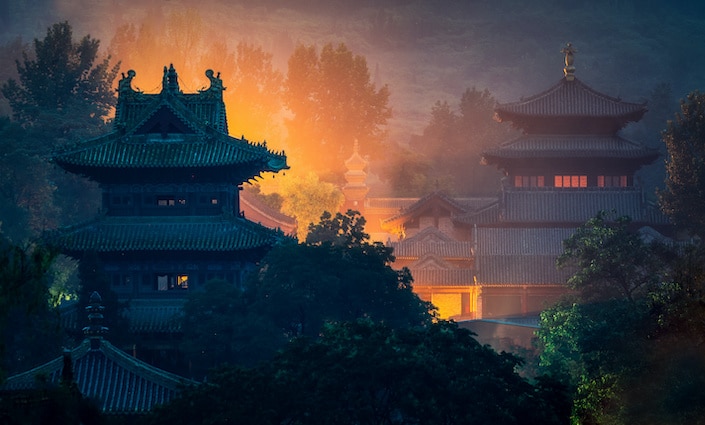
Shaolin Temple, in Henan Province, is the birthplace of the world-renowned martial art known as Shaolin Kung Fu.
2. Wing Chun
Wing Chun (咏春 Yǒngchūn) is a southern Chinese kung fu style descended from Shaolin Kung Fu. It has the distinction of having been founded by two women, Ng Mui and Yim Wing-chun.
The Wing Chun style is known for placing emphasis on technique rather than strength. This style also calls for practitioners to stay relaxed while fighting, allowing them to achieve a kind of “softness” or flexibility. This relaxed flexibility gives Wing Chun fighters a special kind of strength that allows them to bend, not break, just like bamboo.
Legend has it that Wing Chun founder Ng Mui was living at Shaolin Temple when it was attacked and destroyed by Qing dynasty forces. Surviving the attack, she escaped to the border area between Yunnan and Sichuan. There, she met a young woman named Yim Wing-chun who was the daughter of a tofu merchant.
Upon learning that Yim Wing-chun was soon to be forced into marriage with a local warlord, Ng Mui taught her a modified version of Shaolin Kung Fu to help Yim defend herself against his unwanted advances.
The style was later picked up by members of a Cantonese opera troupe called the Red Boat Opera Group, who helped lead a popular uprising against the Qing in the dynasty’s waning years.
Ip Man, featured in the eponymous hit film, was a notable modern practitioner of Wing Chun style martial arts. He also taught the Wing Chun style to his student, Bruce Lee, who would go on to act in the beloved Hong Kong kung fu movies that helped make Chinese martial arts famous around the world.
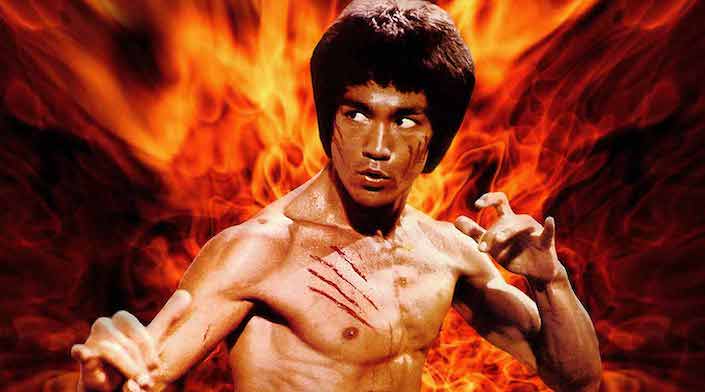
Wing Chun was the first martial arts style that Bruce Lee learned.
3. Bajiquan
Bajiquan (八极拳 bājíquán) is another popular Chinese martial art. It emerged in the 18th century and was originally called Baziquan, or “rake fist,” because of its trademark use of swift downward strikes using partially opened fists.
Its current full name is 开门八极拳 (kāimén bājíquán), which can be roughly translated as “open-door fist of the eight extremes.” The “open-door” or “open-gate” part of this name comes from the practice of forcing one’s opponents arms apart in order to strike their body.
Bajiquan features rapid, explosive movements including elbow and fist strikes and is considered ideal for short-range combat.
As an iconic Chinese martial art, Bajiquan has influenced the pop culture of both China and other countries. It is often featured in Japanese video games, as well as in manga and anime. Bajiquan even makes an appearance in The Matrix and Mortal Kombat: Deadly Alliance.
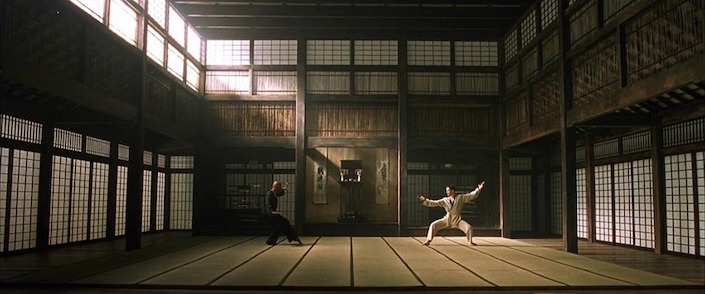
Agent Smith, played by actor Hugo Weaving, makes use of Bajiquan techniques in The Matrix.
4. Tai Chi
Tai Chi (太极拳 tàijíquán) is the most well-known of the “internal” Chinese martial arts styles. While it is most commonly practiced today as a meditative, gentle form of exercise, it also has its roots in the martial arts and was originally developed as a form of self-defense.
Tai Chi is sometimes referred to as “shadow boxing.” Although most people think of Tai Chi as being made up of slow movements, there are several styles which include faster paced elements.
Like many other forms of Chinese martial arts, Tai Chi is intimately connected to traditional Chinese belief systems including Buddhism, Taoism and Confucianism.
Tai Chi’s central philosophy is related to the Taoist concept of yin (阴 yīn) and yang (阳 yáng). In traditional Taoist metaphysics, yin is said to be a dark, soft, female force while yang is a hard, bright, male force. Together, these two forces make up the universe, and it is important to seek a balance between them.

Tai Chi is rooted in ancient Taoist philosophy.
In Tai Chi, practitioners work to keep the yin and yang forces constantly in flux so that two forces of equal strength are never used against each other. The use of a hard force against another hard force can only result in deadlock. Thus, in Tai Chi, hardness should be met with softness, and vice versa.
The exact origins of Tai Chi are unclear, with some historians arguing that it originated with a 12th century Taoist monk, while others contending that its origins are much more recent.
Today, Tai Chi is known both within China and around the world for its many scientifically proven health benefits. The renowned Mayo clinic even recommends Tai Chi as a great way to gently reduce stress and anxiety.
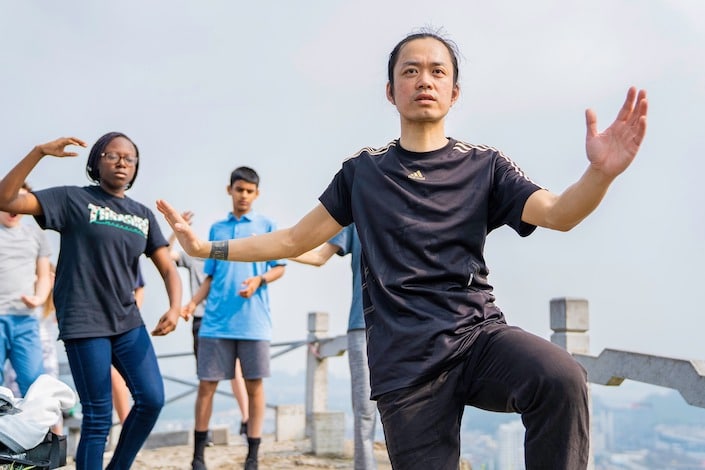
Modern students of Tai Chi, like these CLI students, can benefit from the many scientifically proven health benefits of this ancient martial art.
5. Baguazhang
Like Tai Chi, Baguazhang (八卦掌 bāguàzhǎng) is considered an “internal style” martial art. Its philosophy draws heavily on Taoist concepts like yin and yang and it even takes its name from the Taoist trigrams, or bagua.
Dong Haichuan is credited with founding this style in the first half of the 19th century by synthesizing martial arts techniques that he learned from the Taoist and Buddhist practitioners that he met during his travels in rural China.
The most distinctive feature of the Baguazhang style is its use of circle walking. Practitioners move in a circular pattern while performing the various moves associated with this style, which are quite diverse and include a mixture of strikes, throws, kicks and grappling moves.
Baguazhang is also known for its use of a diverse array of weapons including distinctive large broadswords. Interestingly, this style is said to be particularly effective when fighting against multiple opponents.
A window into Chinese culture
Due to their connections with Chinese philosophy, religion and history, the Chinese martial arts provide a fascinating window into traditional Chinese culture.
One of the best ways to understand China, Chinese culture and the Chinese martial arts is to experience them for yourself. We invite you to join us in Guilin to experience China firsthand through full language and cultural immersion.

Studying the Chinese martial arts is a great way to gain a deeper understanding of Chinese culture.
Chinese martial art vocabulary
| Hànzì | Pīnyīn | Definition |
|---|---|---|
| 功夫 | gōngfū | kung fu; martial arts; skill |
| 武术 | wǔshù | wushu; martial arts |
| 外家拳 | wàijiāquán | external style (of Chinese martial arts) |
| 内家拳 | nèijiāquán | internal style (of Chinese martial arts) |
| 气 | qì | qi; vital energy |
| 北派 | běipài | northern school/style (of Chinese martial arts) |
| 南派 | nánpài | southern school/style (of Chinese martial arts) |
| 少林功夫 | Shàolín Gōngfū | Shaolin Kung Fu |
| 咏春 | Yǒngchūn | Wing Chun |
| 八极拳 | Bājíquán | Bajiquan |
| 太极拳 | Tàijíquán | Tai Chi |
| 阴 | yīn | yin; a dark, female force |
| 阳 | yáng | yang; a bright, male force |
| 八卦掌 | Bāguàzhǎng | Baguazhang |

Anne Meredith holds an MA in International Politics and Chinese Studies from the Johns Hopkins School of Advanced International Studies (SAIS). As part of the graduation requirements for the program, Anne wrote and defended a 70-page Master's thesis entirely in 汉字 (hànzì; Chinese characters). Anne lives in Shanghai, China and is fluent in Chinese.


